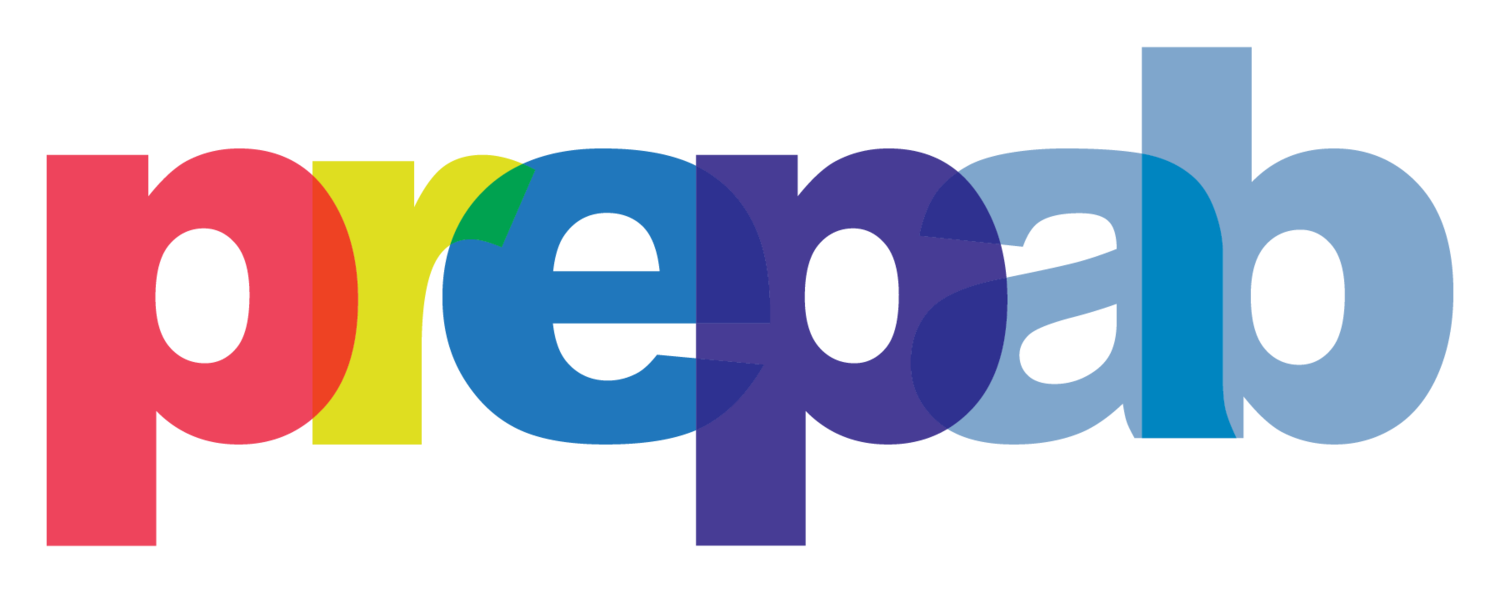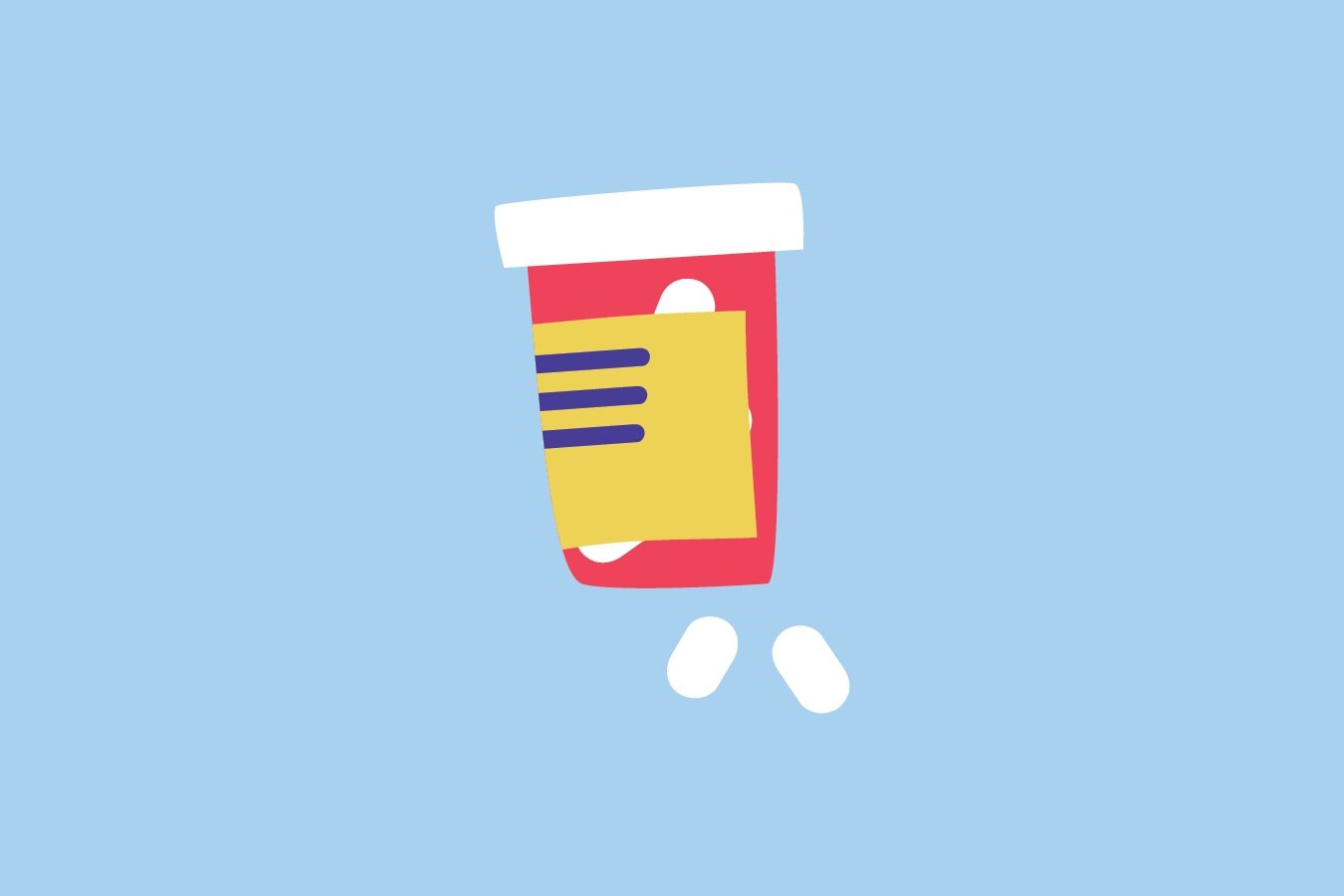
Introduction to HIV
Before learning about PrEP, it is important to have a basic understanding about HIV and how it can be passed from one person to another. This will help us better understand 1) how PrEP works and 2) who might be at a higher risk of HIV infection and may wish to consider PrEP. Please note that some of this information has been adapted from Catie.
What is HIV?
HIV (Human Immunodeficiency Virus) is a virus that can weaken your immune system, your body’s built-in defence against disease and illness. Because of this, people living with HIV who do not access treatment are more likely to get sick than those without HIV, and can experience infections that people with healthier immune systems do not. If left untreated, someone living with HIV can be diagnosed with AIDS (Acquired Immunodeficiency Syndrome), a potentially life threatening condition.
Sometimes you can have HIV for a period of years without knowing it. The best way to know whether or not you have HIV is through getting tested. If you do test positive for HIV, there is no need to be alarmed. HIV treatment today is very effective and can allow people living with HIV to live long and healthy lives. In addition to this, we now know that someone living with HIV who takes their treatment regularly as prescribed can achieve and maintain an undetectable viral load, meaning that the amount of HIV in the person’s bloodstream is so low that it cannot be detected by standard HIV viral load tests. When someone living with HIV has an undetectable viral load, they cannot pass HIV onto their partners sexually. Undetectable = Untransmittable!
Below we will review how HIV is passed from one person to another as well as some prevention options you and those you care about can use to prevent HIV from being transmitted.
How is HIV Transmitted?
HIV can only be passed from one person to another through five bodily fluids:
blood
semen (including pre-cum)
vaginal fluid
rectal fluid
breast or chest milk
If one of these fluids belonging to a person living with HIV who is not undetectable gets into the bloodstream of another person - through broken skin, the opening of the penis or the wet linings of the body, such as the vagina (front hole), rectum or foreskin - they can become infected with HIV.
Common ways HIV is transmitted include:
through anal and vaginal (or frontal) sex
through sharing drug use equipment, especially needles
Other ways HIV can be transmitted include:
to a fetus or baby during pregnancy, birth or chest feeding
by sharing needles or ink to get a tattoo
by sharing needles or jewelry to get a body piercing
by sharing acupuncture needles
HIV cannot be passed through healthy, unbroken skin and cannot be passed on sexually by a person living with HIV who has an undetectable viral load.
HIV also cannot be passed from one person to another through:
shaking hands, working, or eating with someone who has HIV
hugging or kissing
coughing, sneezing, or spitting
swimming pools, toilet seats, or water fountains
insects or animals
How is HIV Prevented?
There are more options than ever before to prevent HIV transmission. Some options other than PrEP are listed below:
Condoms
Use condoms (internal or external) or other barrier methods (i.e. dental dams) during sex, especially anal or vaginal (frontal) sex. Condoms and barrier methods can also help prevent transmission of other sexually transmitted and blood borne infections (STBBIs) like syphilis when used correctly.
Drug Equipment
Avoid sharing drug equipment and use a clean needle every time you inject.
HIV Treatment (U=U)
If you or your partner are living with HIV, take HIV treatment as prescribed by a healthcare provider to achieve and maintain an undetectable viral load. This will prevent HIV from being passed on sexually. Becoming undetectable can also help reduce transmission through pregnancy and childbirth.
Post-Exposure Prophylaxis (PEP)
If you or your partner might have been exposed to HIV, the use of HIV medication after the exposure, known as Post-Exposure Prophylaxis (PEP), can be started within 72 hours of the exposure and continued for a period of approximately 28 days to prevent infection. If you want to access PEP, visit your nearest emergency room as soon as possible so that a healthcare provider can determine if PEP is right for you.
Make a Plan
Be prepared! Make a plan. Set boundaries in advance of having sex and/or using drugs. Have all of the prevention tools and equipment you need to keep you and your partners safe. If you are using HIV treatment or PrEP, set a timer so you don’t miss a dose.
To learn about populations most impacted by HIV in Alberta, click here. Or to learn more about HIV & STI prevention, testing, and treatment, click the button below.







